Einstein allegedly said, “Insanity is doing the same thing over and over again and expecting different results.” But then he also said, “It’s not that I’m so smart, it’s just that I stay with problems longer.”
Okay, Mr. Einstein, so which is it? Do you want me to stay with my problems for longer, or switch things up and discover new ones? Because if you’re a fan of Tottenham Hotspur Football Club, you’ve done the former, and then suffered for years upon years upon years upon years— okay, you get the gist.
But now you’ve won a major trophy. And you could quite easily win more, because Spurs’ current squad? Yeah, it’s good. And a few profiles stand out to me.
P.S. My alternative intro:
“It’s the history of the Tottenham”? Cool. Good thing I took Geography in my GCSEs instead.
Moving on:
📚 Contents
Dominic Solanke ft. Swan Lake
The Brennan Johnson™
Mohammed Kudus and how to get things done (quickly)
James Maddison and green bars
Archie Gray and the benefits of being lost and confused
Micky van de Ven and how YOU can do wondrous things (it’s simple, really)
Note for email readers: This email is truncated. To read the full article, please click on this link or the link to the right of [Message clipped] note at the bottom of this email.
Dominic Solanke
When you watch Dominic Solanke, it’s pretty quickly evident that his movement in and around the box is pretty great. He’s well aware of where he is, where the ball is, where the space is, and where opposing centre backs are.
Keeps calling for the ball
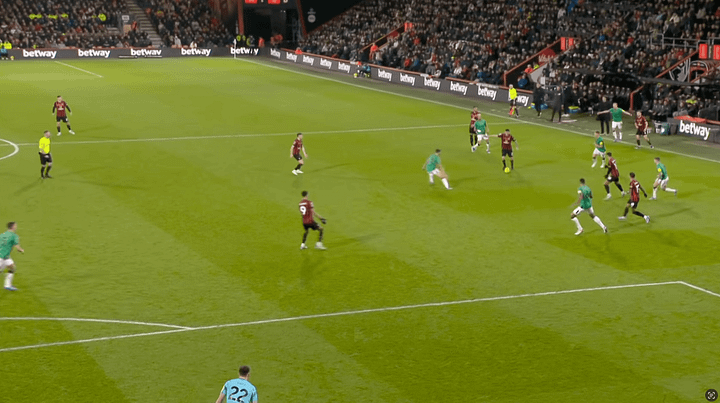
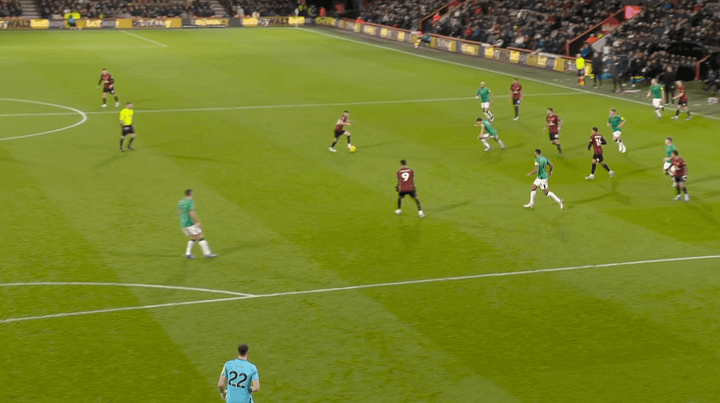
Balances well on the half-turn, hanging off the defenders’ shoulders
Stays very light on his toes (nimble), allowing for quick changes in direction
Sees the ball played, immediately bends his run into space:
Stretches well to get ahead of the defender
Solanke also runs the channels pretty well, so he's more than useful in stretching defences and pinning them back. He does more than just score goals, and I’d say pressing is one of his biggest strengths.
But that doesn’t mean he doesn’t score goals:
That’s a proper CF’s finish. Cushions the ball down, pirouettes (💃), and places it well into the far corner. Leaning back also allows him to keep the ball low and find space among the four defenders surrounding him. Intelligent stuff.
Dominic Swanlanke? For a 6’2” striker, Solanke has pretty good control of his body (ahem Nick Woltemade) and that helps him in tight spaces. Turning that quickly gives Solanke just that little bit more time to look up and decide where to place his shot.
Peripheral vision is a wonderful thing, and it’s pretty obvious that the goalkeeper is shifting his weight to dive to the right, so Solanke adjusts accordingly. And then you have the fact that Solanke triggers his shots pretty quickly, so yeah. He’ll shoot the ball.
Solanke’s movement in the box also lends itself to good connections on crosses:
So all in all, you have a pretty good striker. He may not be someone you want leading the line for a Champions League team (although for now, he’s fine), but a pretty good backup who you’d be happy to call on when needed.
Wilson Odobert
*nervous chuckle* I like Odobert. I really like Odobert. And you should too. Long story short, he’s a winger who can play on the left and right, can score from the left or right, can cross from the left or right, and rip through your favourite defenders from the left or right. He’s pretty good off the ball too. A handy profile for a winger.
Brennan Johnson
This goal is who Brennan Johnson is:
He’s brilliant at running into space and crashing the box post. His movement is intelligent, he’s quick over long distances, (his acceleration really stands out), and he’s agile enough to change direction quickly.
And no, when I say Brennan Johnson loves crashing the back post, I’m not kidding. He does it over and over and over again, and now my laptop is running out of storage because of how many clips I’ve saved. The Brennan Johnson™
Speaking of running into space, Brennan Johnson is able to shoot in stride and doesn’t have to awkwardly decelerate, which increases the chances of him actually getting a shot off. His runs are pretty great on the whole.
His runs are well timed, his finishes are quick and clean. I think Johnson sometimes gets too close to the ball when shooting, meaning his entire body opens up and his right foot is ahead of his left when shooting across goal so he could be falling over, but it seems to have worked so far (and is nitpickity of me):
Here’s Brennan Johnson crossing the ball to the back post. In other words, Brennan Johnson feeding teammates for the Brennan Johnson™
But that’s the thing with Brennan Johnson—all his good work comes high up the pitch. He’s in the 8th percentile for passes attempted, 11th for successful take-ons, 13th for progressive carries, and 24th for progressive passes. That’s just not good enough.
So, as of today, Brennan Johnson sort of is just a back-post crasher. He doesn't necessarily create much, but will put in a good cross or score goals if he’s put in a place to do so or is running into space. He’s quick and nimble, so that bodes well in terms of 1v1 qualities, and this is ultimately the area where he needs to improve most. Stay on the ball a little longer, drop deep, carry over longer distances, run at players. Until then, he’s a bit one-dimensional. Should he improve (which he can), he’d be a pretty good PL winger.
Mohammed Kudus
I remember raising an eyebrow when Spurs signed Kudus. 'Okay, maybe they’re serious now.' Then I decided to watch more of Kudus.
Firstly, Kudus is versatile. He can play anywhere across the frontline, and that’s great. Dropship him anywhere on the pitch and he’ll make things happen.
Next, he’s quick. And by quick, I mean if he were in a cartoon, he’d leave a trail of fire behind him every time he ran.
But pace without a) deception and b) control is meaningless. If you don’t have both, congrats, you’re a failed sprinter. But that’s the thing with Kudus. He’s deceptive. He’s quick over long distances, but especially quick to accelerate, meaning he’s always nagging a run in behind. And the fact that he’s pretty agile means he can make diagonal runs that are going to, well, rip through a defence.
And then you have control.
The ball seems to stick to Kudus’ feet as he dribbles. His control over his body and ability to run with such high cadence (even when changing directions) says a lot about his athleticism, really. He’s also able to hold off defenders while dribbling, meaning his ball retention is pretty great.
Uses his arm to create separation between himself and his marker:
Bent down and low to the ground, making him hard to knock over
Again, low to the ground and within his own center of gravity (stable). Uses his arm to create distance, and his left foot dragging in front allows him to reach the pass
Stiff arm to create separation, bends his run, and uses his pace to get ahead of his marker
But pace in football also means speed in doing things — like shooting the ball quickly.
This is a well-taken goal. A great first touch to cushion the ball, followed by a quick swivel and Kudus shooting on the swivel. Essentially, from the moment he lets the ball hit the ground to actually shooting, it’s one singular movement. It’s quick, it’s efficient, it’s smooth.
Which brings me to Kudus’ ballstriking. Surprise surprise, it’s good:
I think what Kudus does well—more than just actually cleanly shooting the ball—is possess a wide range of finishes. It makes him that bit more unpredictable and just emphasises an already obvious point: Kudus will score goals.
He can also cross the ball at speed. His ability to do everything at speed is ultimately what makes him a UCL footballer, and it’s pretty special.
Dejan Kulusevski
Kulusevski’s… self-sufficient. Having nearly a third of your chances be self-created and still creating 3.6 chances p90 for your teammates will do that to you.
I think this goal succinctly summarises two aspects of Kulusevski’s game:
Firstly, his awareness of space is brilliant. He’s quite smart—he sees the space, plays into it, and his agility and close-quarters dribbling help him where his physicality doesn’t.
Second, he loves to cut in onto his left foot. Right-footers are usually better with their left than left-footers are with their right (left-footers are shoved onto the left in youth football, whereas right-footers go where they’re needed), and while Kulusevski much prefers his left foot, I’d say he’s pretty decent with his right too. Nothing extraordinary, but good. Dependable.
These clips feature a lot of Timo Werner, and each time I come to realise that, “huh, this fella could not decelerate smoothly”. But Kulusevski can.
The second clip is a pretty good finish too. Considering he was moving laterally while trying to get himself front-on and was essentially bending like a contortionist playing Twister, Kulusevski did pretty well to place that in the far corner. And it’s pretty reassuring to know that your primary creator can also score goals.
I’d usually say something after attaching these clips, but all my notes say are: 'Okay then' and 'SMART,' so I’m not sure how helpful that would be.
This, on the other hand, is eye-opening:
— Accelerates sharply
— Bends his run to play to the space
— Slows down with the ball for clean contact
— Shoots first time, tilting his body to maintain balance
Textbook, and executed brilliantly.
Speaking of textbook, Kulusevski pings the ball beautifully:
Creates space between himself and the ball, giving him room to run into and carry his momentum forward:
Strong planting (right) foot, and high backlift
Gets under the ball and follows through sharply with his right foot, generating dip and controlling the ball’s trajectory
Kulusevski’s third-man runs are pretty good, and his playstyle is generally very direct through the [right] half-spaces. That said, he can sometimes be a bit predictable and needs to embrace the chaos a bit more, especially by improving his acceleration with the ball. His acceleration is decent without the ball, but aeons pass between his first touch (which is quite good) and his second, making him easier to read.
That said, if he gets past the second step, his ball retention is world-class (which is something Spurs need).
Mikey Moore
In the most sane, rational way ever, I truly believe Mikey Moore will go on to become one of the best footballers in the world. *Gasps*
Moore’s close control, dribbling, and passing in tight spaces are exceptional, and he can burst forward and carry with speed (especially over short distances). He’s good with both feet, has an eye for a pass, and is happy to take on his man and ohmygod, what do you mean he’s younger than YouTube??? His changes of direction are sharp, and for someone so young, his ball retention is really coming along, even against more physical opponents.
Yeah, this is greatness unfurling right in front of our eyes.
James Maddison
Maddison does a bit of everything. He scores goals, gets you assists, understands space well and connects teammates to the space he leaves behind, can set the tempo, is comfortable receiving anywhere on the pitch, and rides challenges well.
So I have to ask: how many players are comfortable receiving the ball between their CBs and can dribble like this?
How many tempo-setters can attack the box like this?
And how many creators have a finishing range like Maddison? Well, evidently not many, because he ranks in the:
— 99th percentile for non-penalty goals and 98th for npxG
— 99th percentile for goal-creating actions
— 99th percentile for assists
— 98th percentile for touches in the attacking penalty area and shots on target
— 97th percentile for successful take-ons and 96th percentile for shot-creating actions
— 94th percentile for progressive passes and progressive passes received (his teammates trust him enough to give him the ball frequently, and he makes things happen when he gets it)
Maddison’s a bit of an enigma in the modern game. He genuinely does do it all, and he does it to an impeccably high standard. Give him room to roam centrally or off the left, and you have a special, special player on your hands.
Lucas Bergvall
Bergvall is rather complete. In fact, his surname literally means 'mountain' + 'field sown with grass,' so not only is he complete on the football pitch, but also geographically. His finishing is pretty decent, his mental profile is excellent, he carries the ball well [at speed], can turn in tight spaces, will win the ball back, and play a pretty good pass that gets your team a goal.
Listen, when you see a 19-year-old who’s in the 91st percentile for successful take-on percentage, while also ranking in the 89th and 96th percentiles for tackles + interceptions and interceptions respectively, you raise an eyebrow and just nod.
Essentially, he’s good enough to play as a tempo-setting deep-lying footballer (ideally not in a lone pivot), as an 8, or as a striker-y 10. So just meet in the middle and let him float as an 8. He’s a pretty smart fella too, so with some time, aerial improvement, and physical upscaling, you’re looking at a rather handy midfielder to have.
This quote from Ange Postecoglou sums Lucas Bergvall up pretty well:
“He is 18 and he is such an exciting player. Like all young players, he made a couple of mistakes early on and wanted to atone for those mistakes. He dug himself a bit of a hole where he was trying to do things a little bit too complicated. I just gave him the message to settle down and keep the game simple. Get his rhythm back.
“Even when he is making those mistakes, he just works awfully hard and keeps running. It’s such a great asset to have. Probably in his mind it was a big game for him, playing against a club from his own country. That’s the reason we are exposing these guys.
“The more experiences they have like that, the better they will be able to deal with them further down the track.”
Archie Gray
After months and years of studying Jack Hinshelwood, Ferdi Kadioğlu, and Pascal Groß, I’ve come to realise that being confused in life and having no idea where you want to go or what you want to do is okay, as long as you’re a fullback who can play in midfield, or a midfielder who can play as a fullback. Or literally any other position on the pitch.
Is this when I come to the horrifying realisation that Gray has already played 10,114 career minutes? Possibly. But I digress. I think it’s important to say something about players like Gray and Hinshelwood, though. They’re good. They’re excellent. That’s not something that should come as a surprise, but it does, and it will continue to. And that’s the thing: I think players like Hinshelwood and Gray could fall victim to being seen as utility players for their entire careers, simply because their skillsets are useful across so many positions. They do such good work in so many different areas that their 'floor' is high. If you sign them, you know you’re signing a good footballer. But their floor is so high, in fact, that their ceiling starts to look low. It’s simple, really: “Sure, they could be great midfielders, but they could also make for great fullbacks. And if they can be great fullbacks, can they really be great midfielders? No, no, no, that’s not possible — *bam* you’re a good backup.”
But I don’t think this should take away from just how good players like Gray could become. I mean, going out there and dominating Manchester City’s midfield isn’t something just anyone could do. And Gray did. Being shoved into playing CB as a 19-year-old midfielder against physically superior opponents isn’t easy. But Gray made it work. So Archie Gray? He’s good. He’s a really good passer (especially with zipped passes to feet), can switch play accurately, finds space behind defensive lines with crosses from wide areas, is happy to take on responsibility on the ball, is relatively safe in possession, and is rather energetic when it comes to duelling and pressing. He’s mature beyond his years, and should shape up to be one of the better midfielders in the world (+ a decent fullback).
Pedro Porro
So you’ve heard me say some players have deceleration issues. But Porro, weirdly enough, accelerates. Accelerating speeds up the shot, catches defences by surprise, and ultimately carries the momentum of the pass through it, making it more difficult to [cleanly] hit—though the ball will travel faster.
A lot of Porro’s game revolves around one-touch hits:
First-time crosses are ultimately great because they a) catch defenders off-guard, which leads to b) easily finding space behind defensive lines. Latching onto them and actually guiding them onto your striker’s head isn’t easy (especially if the ball’s wobbling), so to have someone get onto them this reliably can only mean good things for you.
Porro’s also helped by the fact that his passing range is versatile and he has the whole bag of tricks. Yes, he can hit a first-time cross, but he can also lump the ball over defenders’ heads from deep, as well as cross from high and wide:
His vision’s great, and his actual ability keeps up with it. I don’t think he has the best weak foot, so that’s a -1 for the lack of inswinging crosses. That said, Porro has a good understanding of when to press:
Presses his marker
Backtracks as his marker senses space to run in behind. His positioning here is *okay*, but not great—he retreats, but is ultimately too far gone to react if a ball is played in behind. Overall, I’d say Porro’s positioning is a bit… meh.
Immediately gets on toes, front-footed, as his teammate wins the ball back
Sprints for a 1-2 combination and to provide an underlap option:
I think sometimes defenders can be so good moving forward that you forget they can actually defend. And I think Porro’s defending is a LOT better than he’s given credit for. His 1v1 defending wasn’t great before joining Spurs, but he’s since hugely improved on it. He couldn’t find the back post (defensively) very often before joining Spurs, much less actually defend it, but he's pretty capable within his own box now too. He’s made tangible improvements and is probably one of the better wing-backs in the world.
Destiny Udogie
Udogie’s final third combinations are pretty good. He makes his teammates better and ultimately helps progress the ball up the pitch, and that’s invaluable. He’s athletic, drives the ball [centrally] incredibly well, and by proxy (through third-man runs) makes things happen. But what he doesn’t do is get that end product. That said, he’s doing everything right leading up to actually getting a goal or assist, so they’ll come eventually.
Udogie’s defensive 1v1s can sometimes be a bit questionable, but in open transition his positioning is smart, and he sweeps up loose balls well. While I’d say his decision-making is also impressive for such a young player, he often lingers before a tackle and affording a winger that extra second may not be ideal.
But I suppose if you’re this front-footed and can hoover the ball like a vacuum cleaner on steroids, you get some leeway.
Micky van de Ven
Don’t you just love defenders with automobiles in their names? *coughs through the shameless link embed*
Van de Ven is a) quick, b) yes, I know that was rather obvious, and c) great at defending open space and c) was pivotal for Ange’s high defensive line. He understands defensive angles well, so he can keep attackers at bay just long enough to allow others to fall back (again, high line), meaning he gets some support. He also times his tackles well while tracking back.
I think his 1v1s could improve in terms of front-footedness, and this is something that goes slightly under the radar because of Romero. He’s also a little weak aerially (51st percentile for aerials won), and he prefers to let the ball bounce before sweeping it up, but you’d really want your CB contesting some of the headers he lets go.
On the ball, he’s brilliant. His passing range is pretty good, and he carries at length and with pace. He’s a brilliant option on the underlap, and a pretty decent LB option for shutdown games.
Massive paragraph out of the way, the main reason van de Ven is good is simple: he does things other CBs can’t do. And I like that.
What’s Next?
Before I warble on about how Spurs should qualify for European football next season, there are two key players I haven’t mentioned in this article: Mathys Tel and Pape Matar Sarr. The reason for this is that I think both of them are elite, will go on to become two of the best footballers in the world, and haven’t been given the appreciation they deserve. So I’ll write them their own “Scouting:” articles, going into their strengths, weaknesses, and how they can improve. I’ve already started on both, and they’re shaping up nicely.
But yes, I think Spurs have got themselves an incredible coach in Thomas Frank. He seems like a good person who cares for his players, which makes him an incredible man-manager, while still being ruthless enough to enforce discipline. He gets goals out of his strikers and tweaks his system from match to match. He speaks well, always mentions and praises his staff, and openly takes help from them, never letting his ego get in the way.
Frank took Brentford about as far as they could go, and the fans stuck by him every moment of the way. That speaks volumes about the kind of character he is.
I think Spurs' squad is realistically good enough to qualify for (at least) the Europa League, but considering the quality of the Premier League, I expect them to finish somewhere between 6th and 10th. Their depth is an issue (especially defensively), so with a couple more signings I’d give them a decent chance of a 7th or 8th place finish. It’s a good squad, and should remain so for a fair bit of time. The intangibles (location) are on Spurs’ side too, so things could look quite exciting for this sleeping giant.
Although this giant’s been sleeping for a long, long time. Maybe it’s hibernating.
Thank you for reading and sticking around till the end. I hope you’ve enjoyed. If you have, please consider subscribing (it’s free), and maybe share it with a friend. Perhaps it’s the hope your long-suffering Spurs-supporting friend needs.
Thank you, and have a great day!




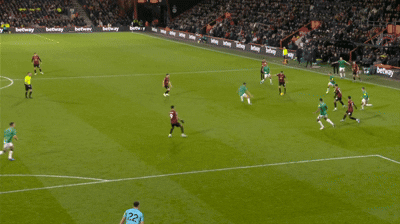


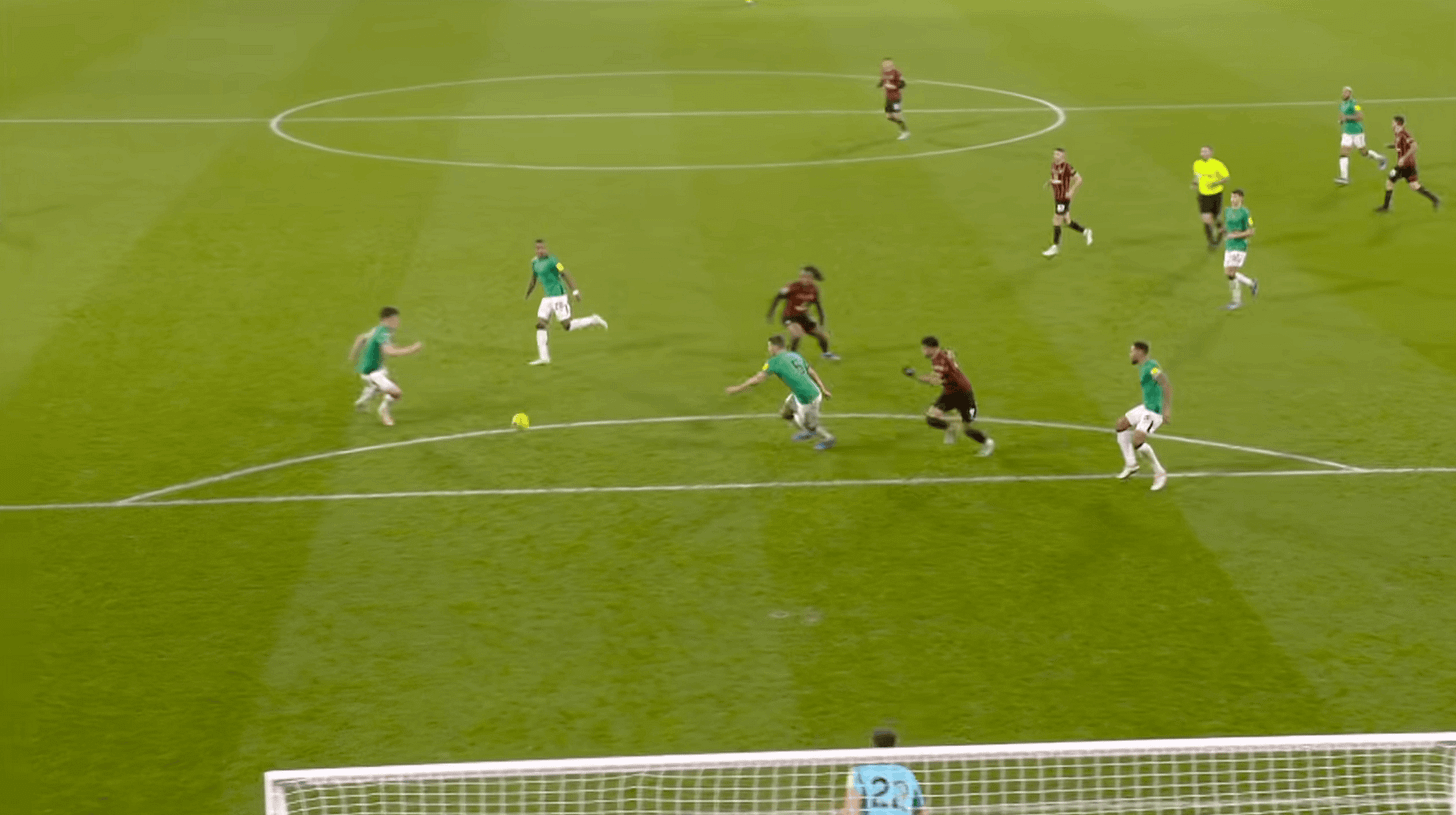

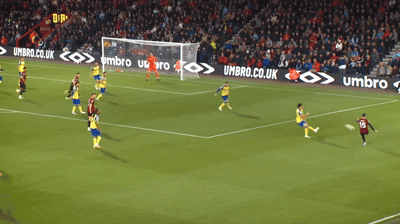
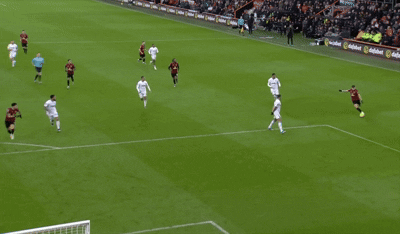
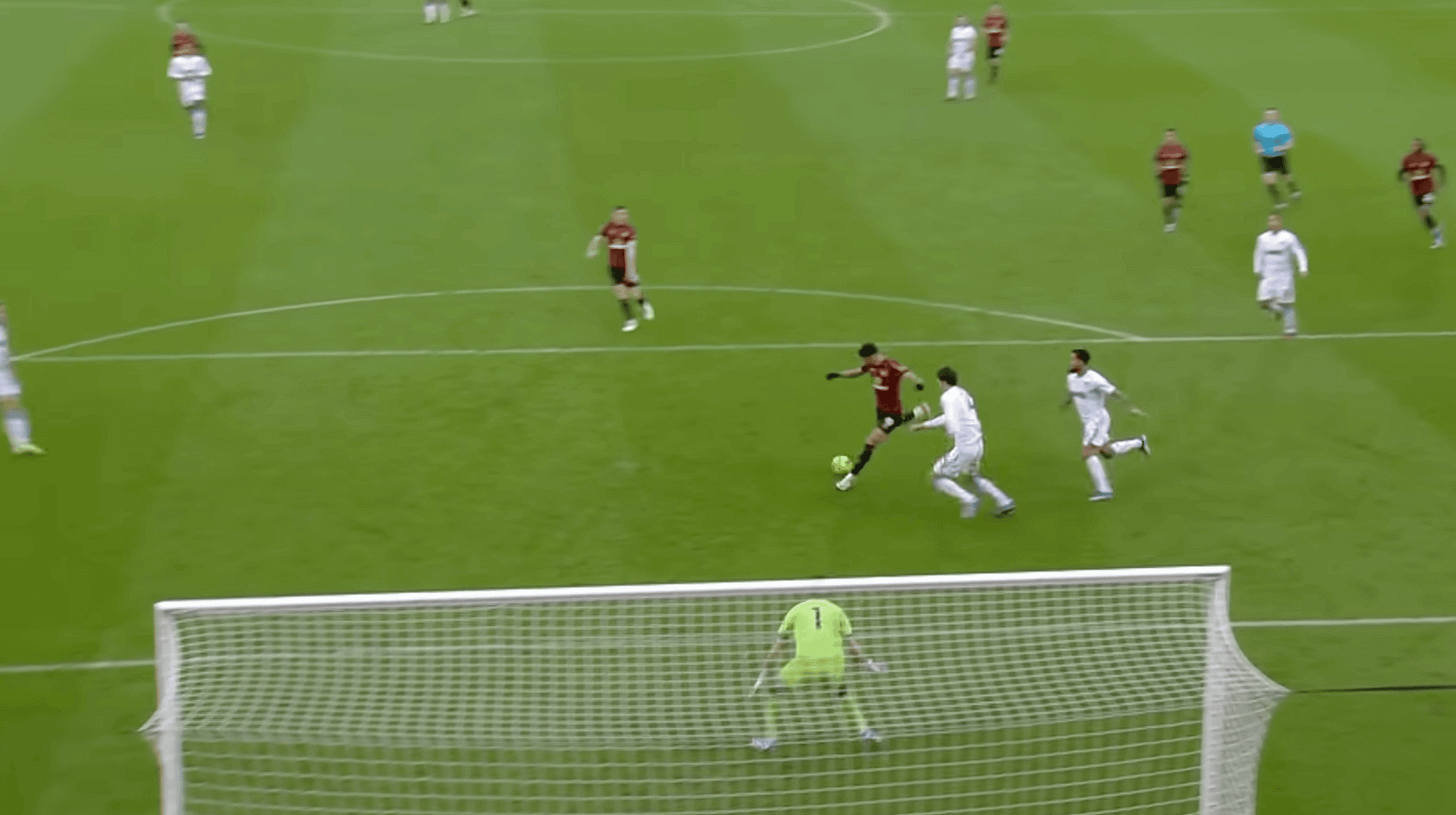

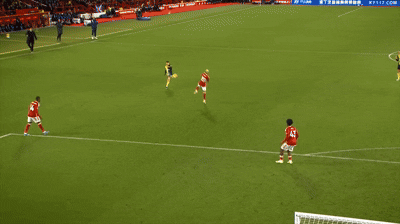
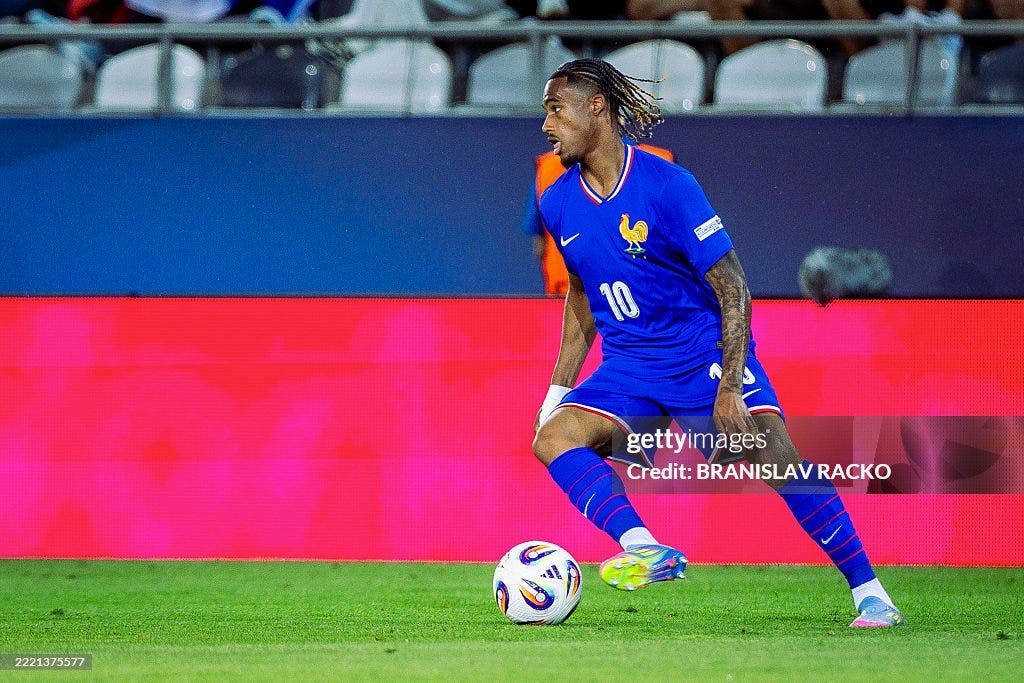
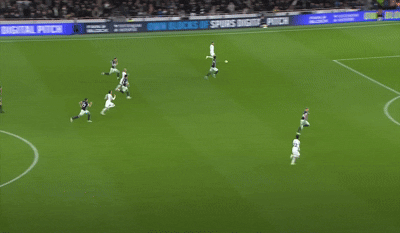
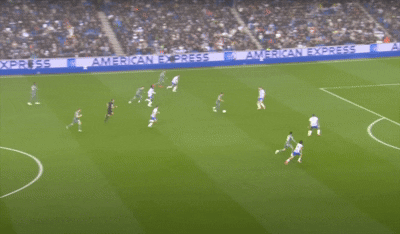
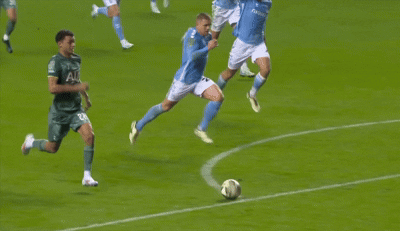


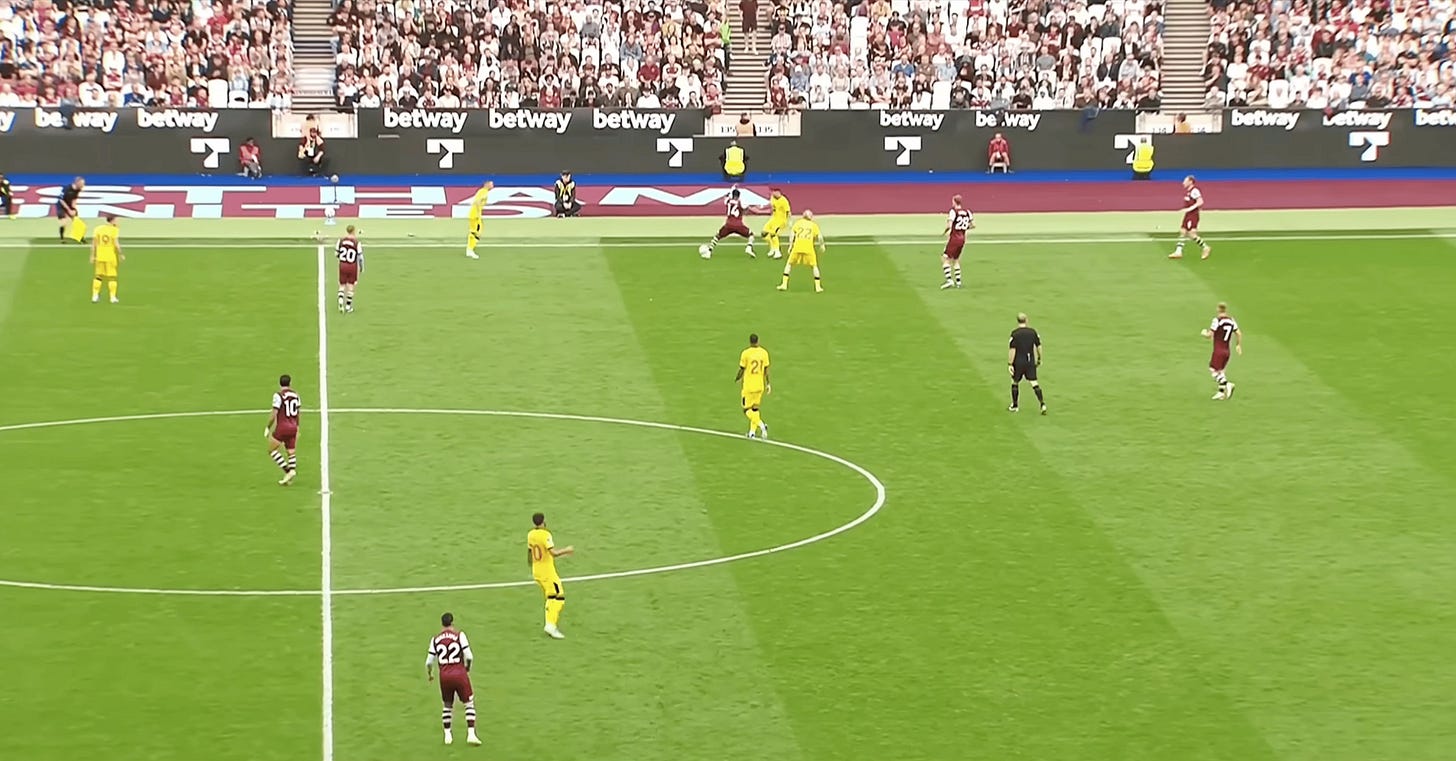
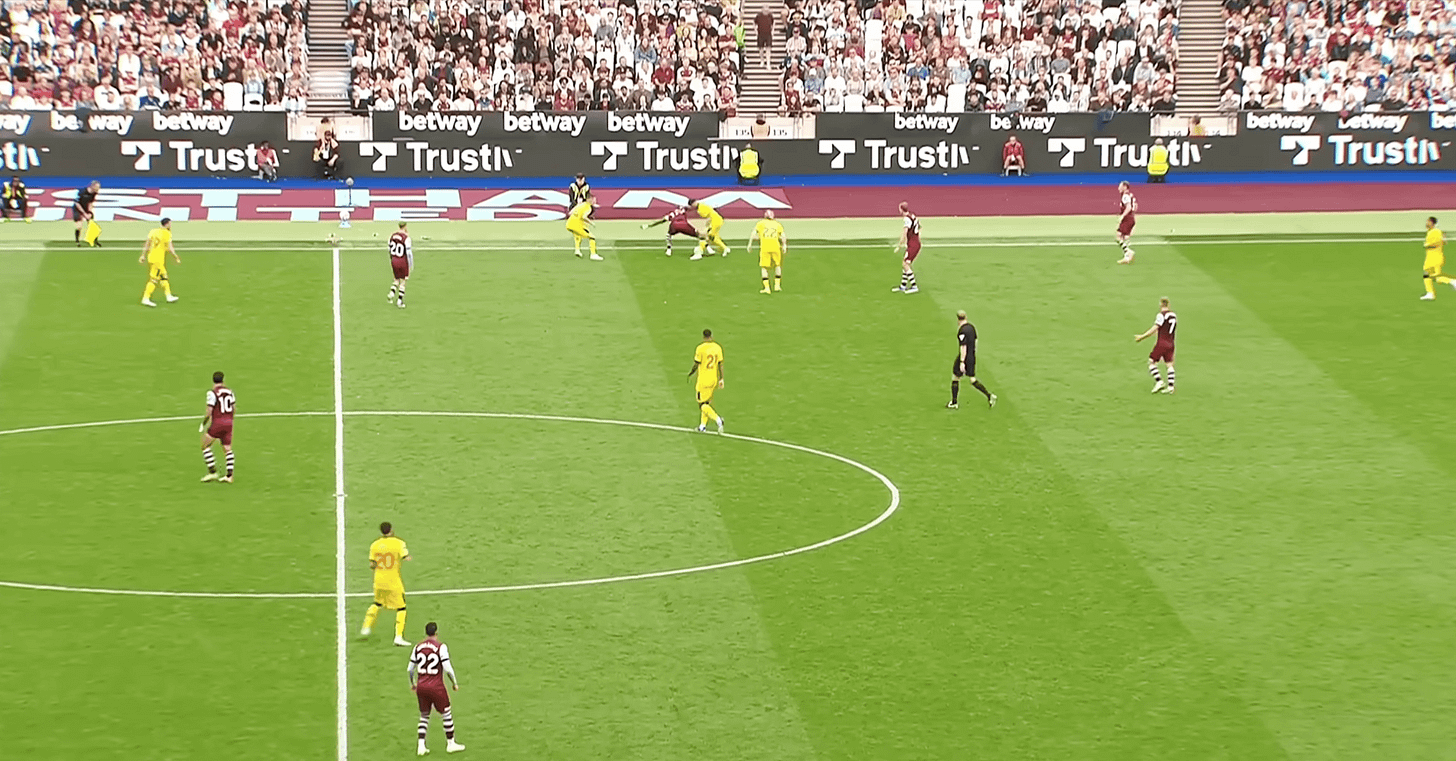
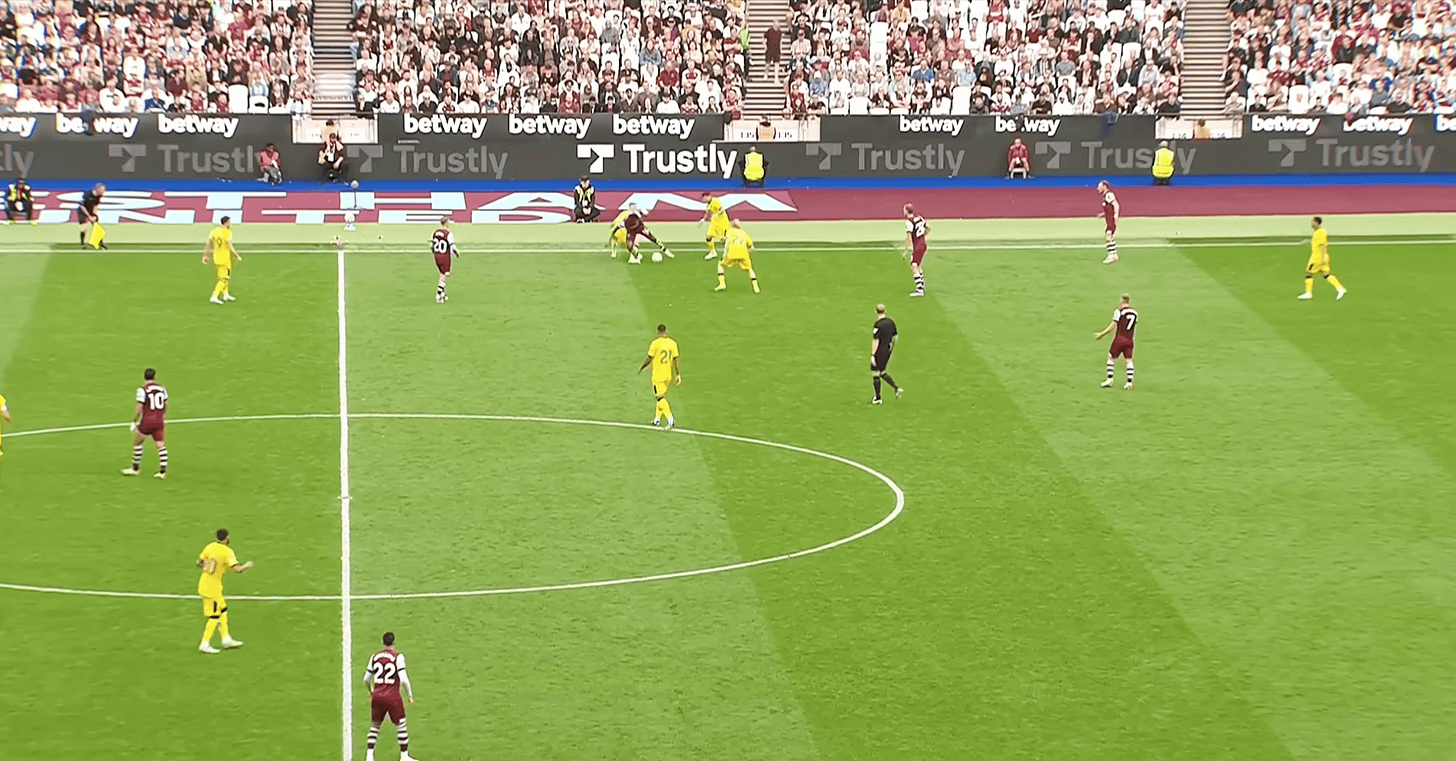
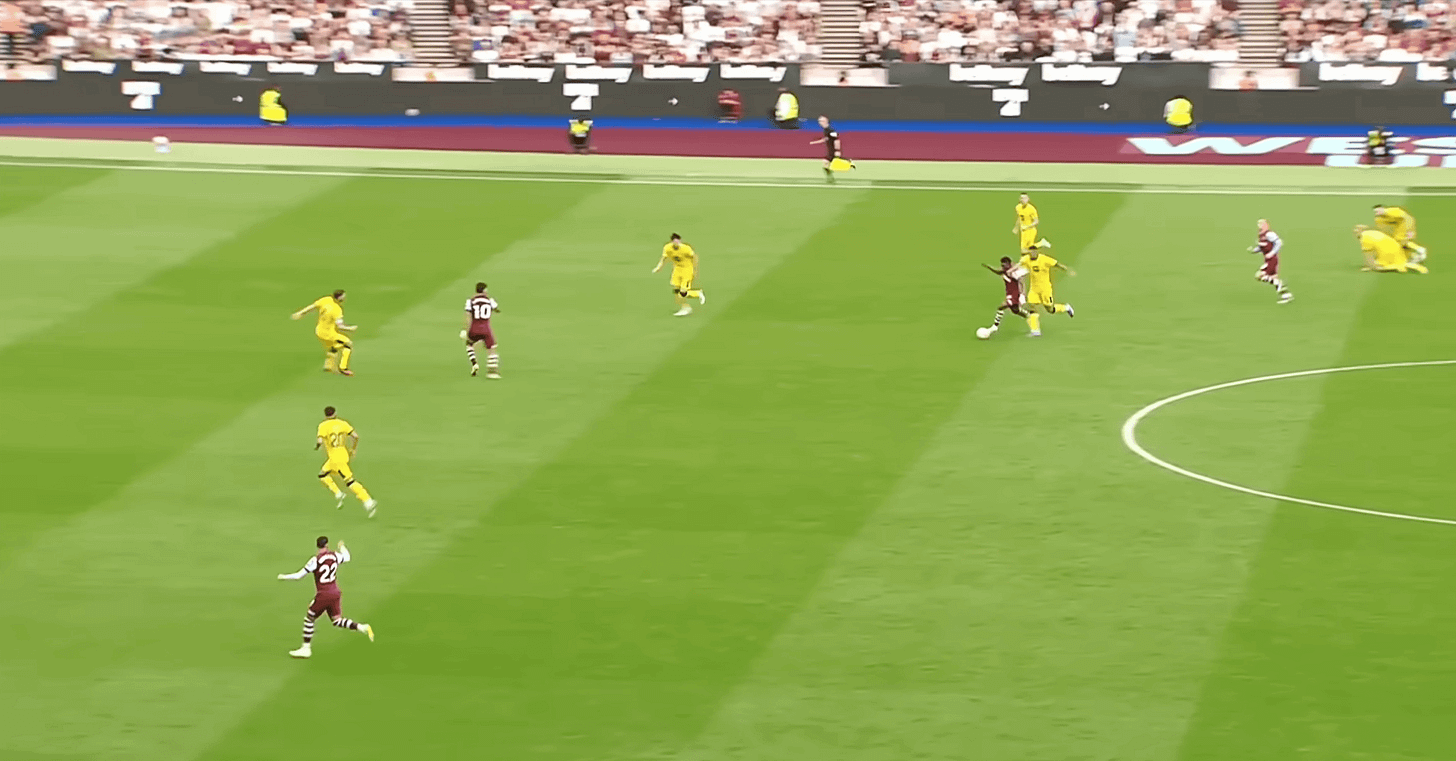

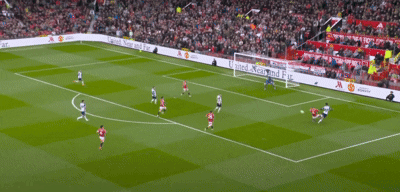
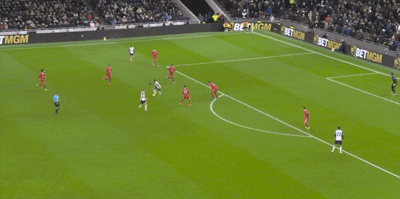
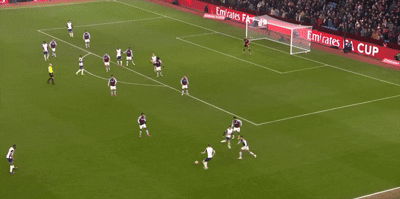


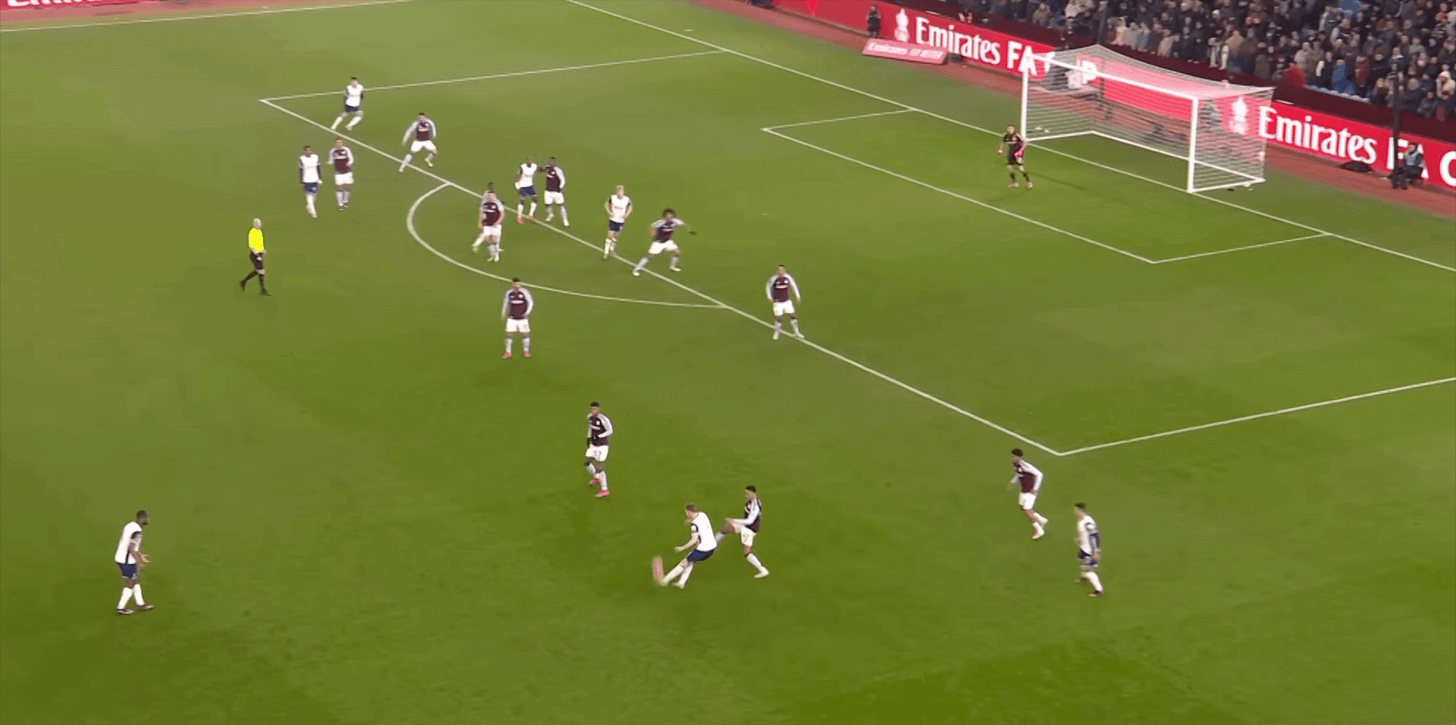
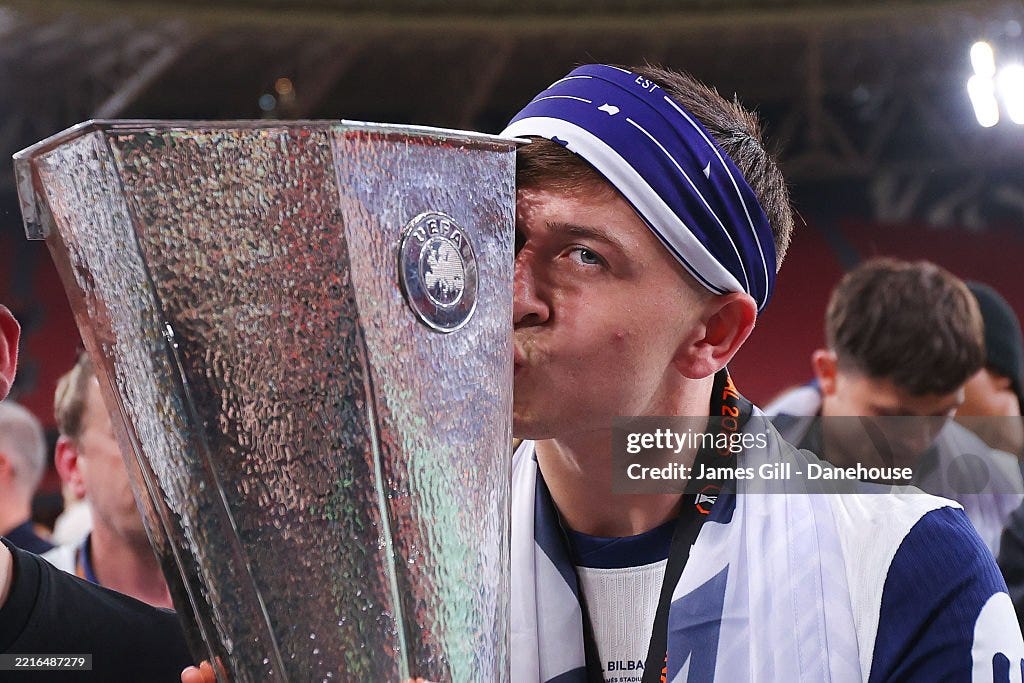
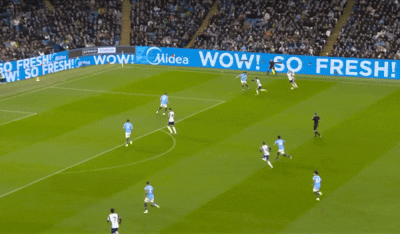
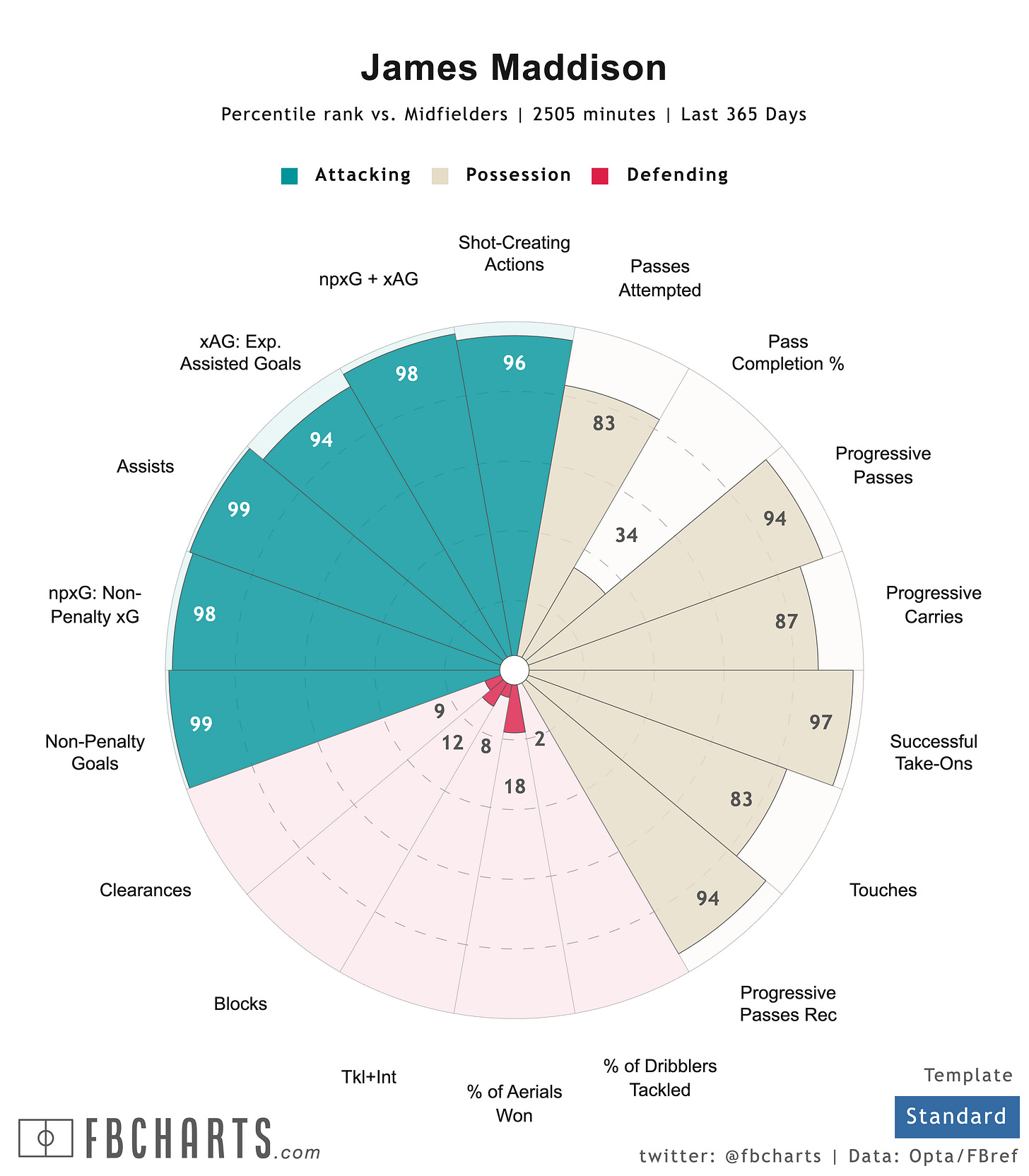
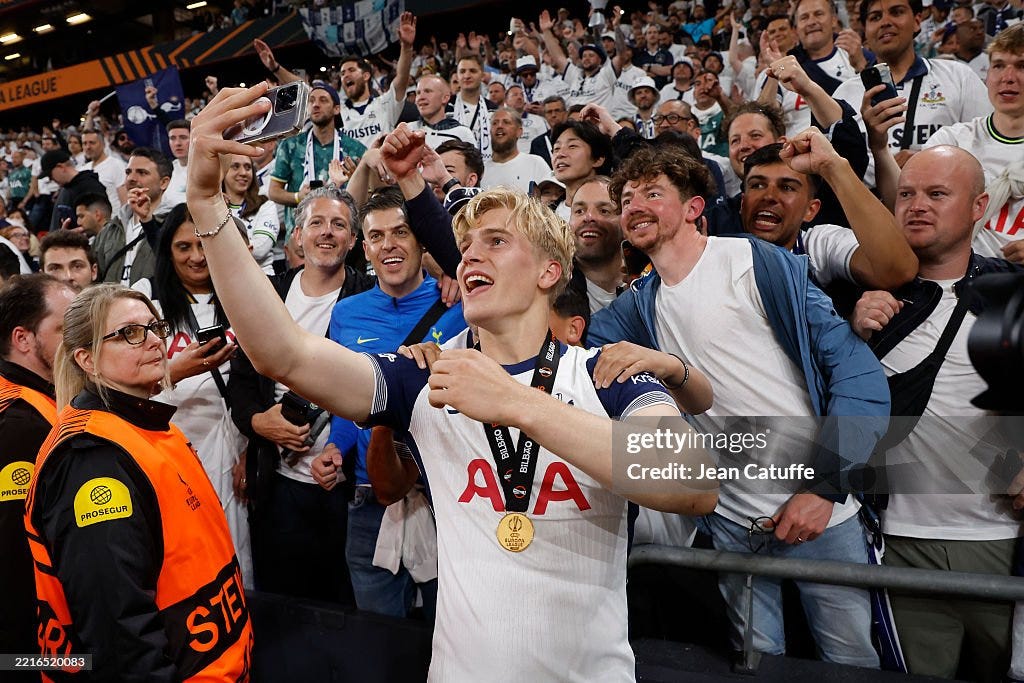
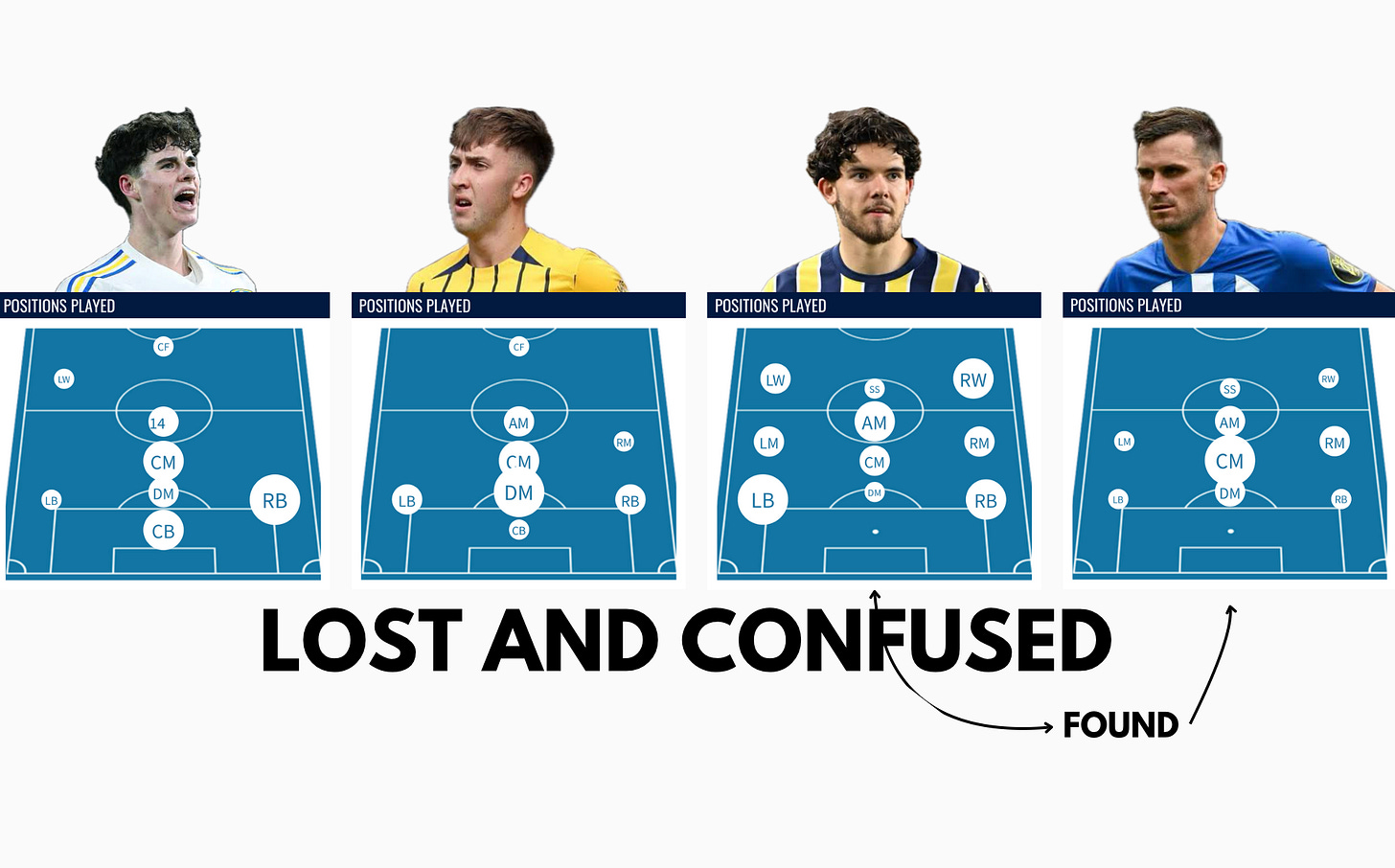
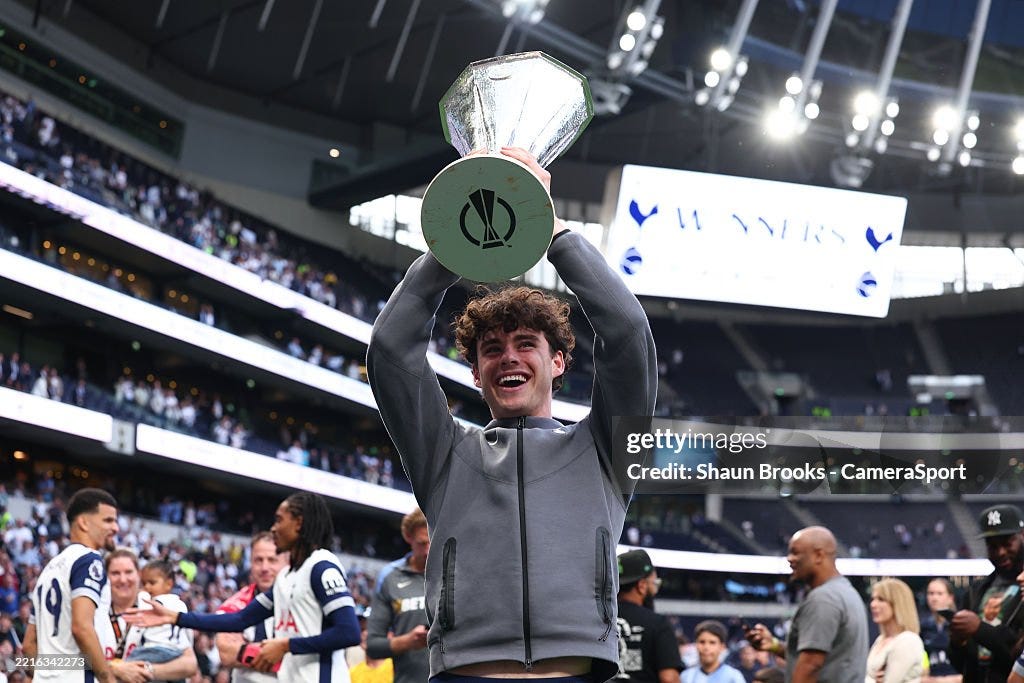
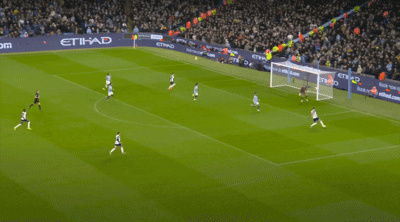
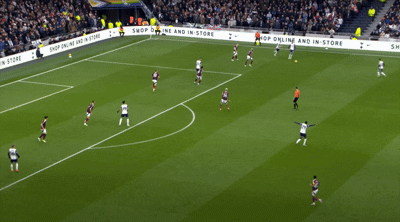


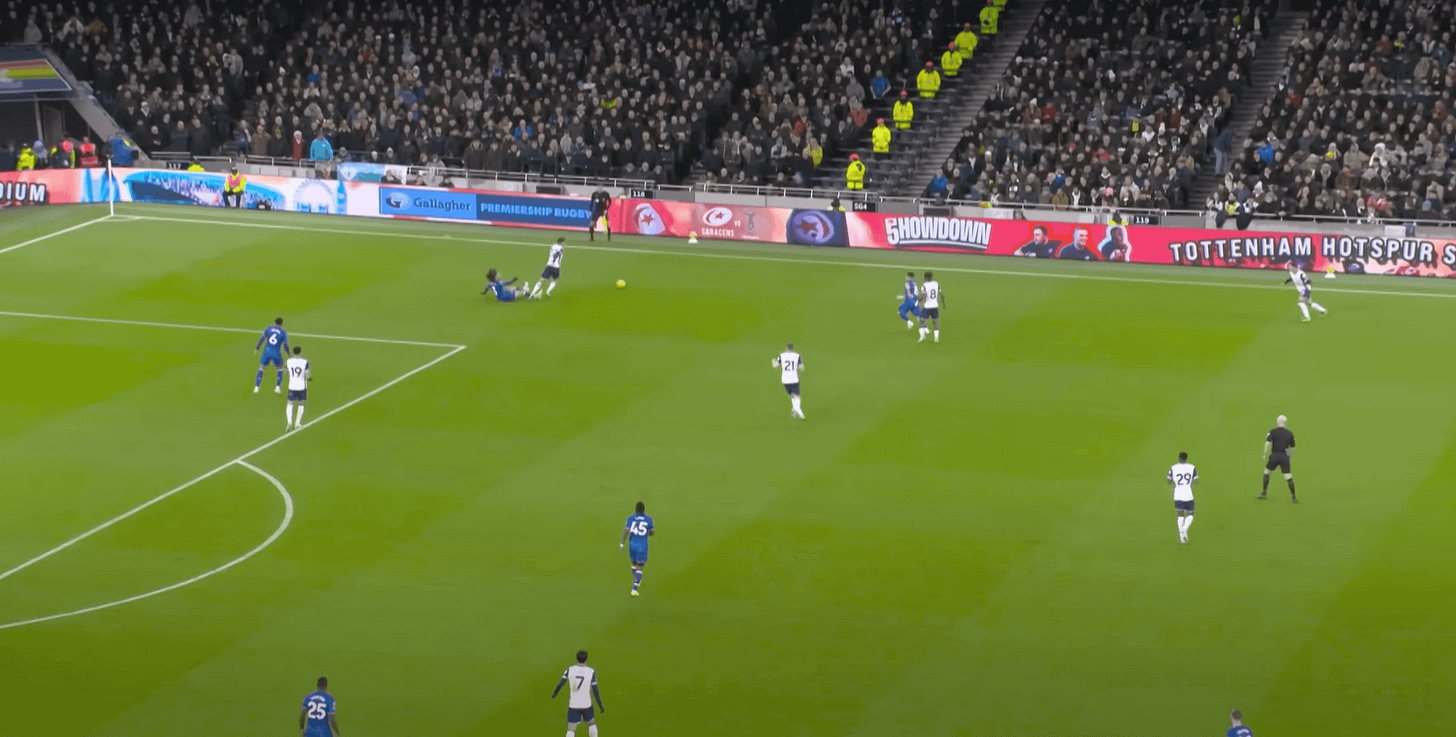
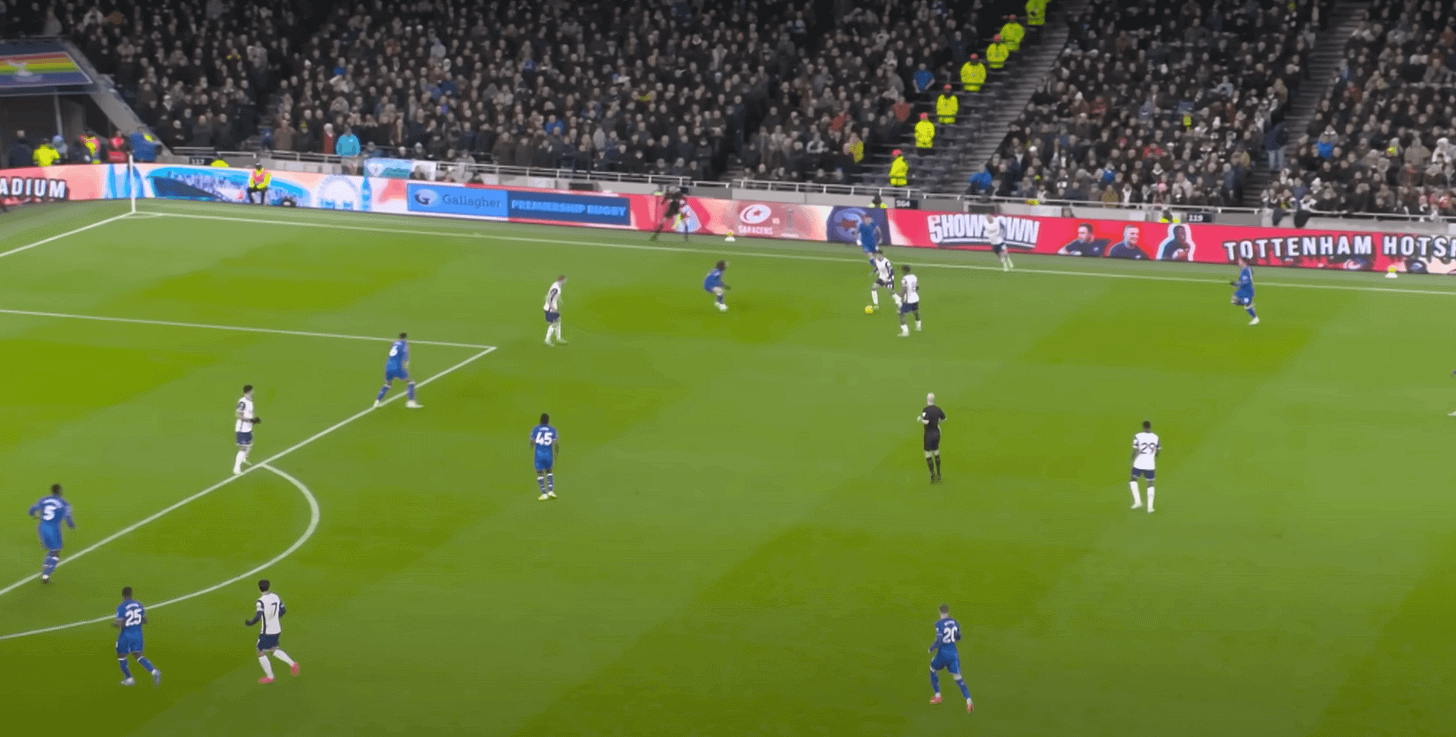
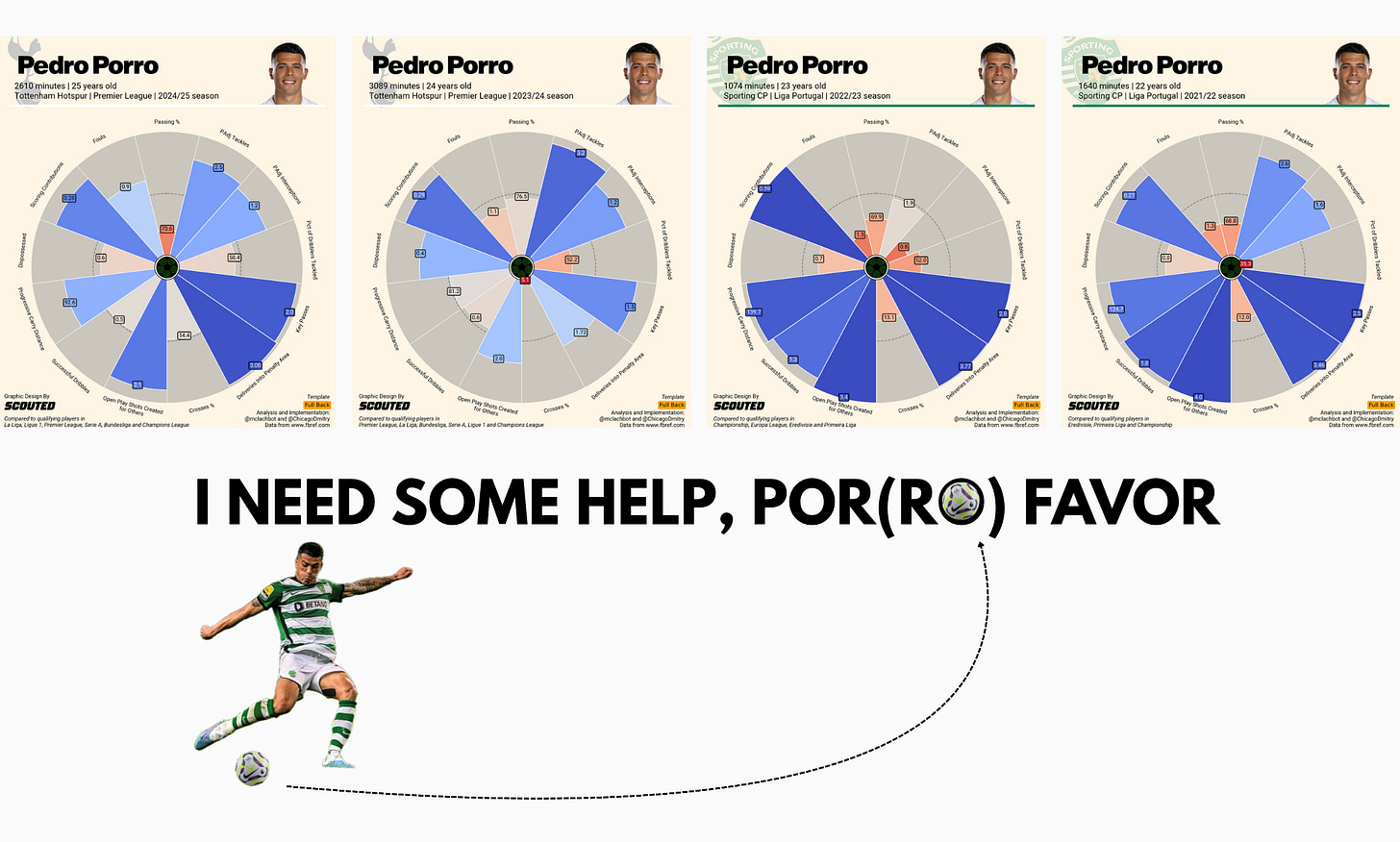
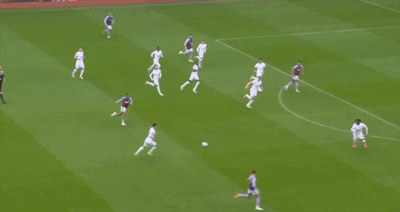

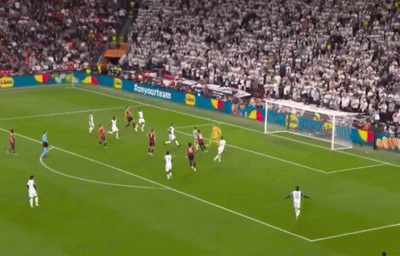

Great analysis until I see 7th,8th finish for Spurs 😉